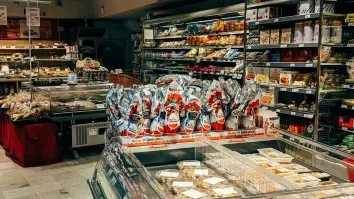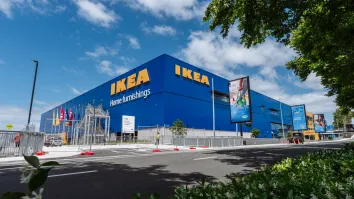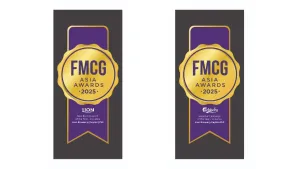
Annual growth of global smartphone market will shrink to 2.8%: report
The growth momentum in global smartphone market will remain weak in 2018 due to lower demand and less replacement purchases, said global market intelligence provider TrendForce.
Faced with continuous rise in the costs of upstream components, downstream mobile phone vendors have to re-consider the pricing or adjust the specification of end-products to cope with the cost pressures. The distribution of market share among the major players is expected to remain generally the same as last year. Therefore, TrendForce estimated the global smartphone production for 2018 at around 1.5 billion units, a 2.8% annual growth, down from previously expected 5%.
Looking back to global smartphone market in 2017, the sales in the first half of the year were weaker than expected since the demand was affected by the anticipated launch of new iPhones in the second half. In 2H17, major smartphone brands put focus on all-screen models, hoping to boost the replacement purchases at the year end, but the sales turned out to be lower than expected. Therefore, since the mid 4Q17, smartphone vendors have lowered their quarterly production plans due to the huge cost pressures brought by excessive inventory.
Intensified competition
As the industry leader, Samsung will remain the top for smartphone production in 2018, and is expected to continue the success of its budget A and J series, TrendForce predicted. The smartphone production volume of Samsung is estimated at 300 million units in 2018, a decrease of 5% year-on-year.
Apple remained the second place in the ranking of smartphone production for 2017. For this year, Apple is set to launch three new flagship models in the third quarter of 2018, and will expand the adoption of Face ID and all-screen technology in these new iPhones, along with upgrading their existing functions and increasing the memory content as well. According to TrendForce, iPhone's annual production volume is expected to increase by 6% because of improved specifications of new iPhones and Apple’s expansion in Indian market.
LG previously announced its withdrawal from the Chinese market and this reflects the fact that international brands now find it harder to survive in the Chinese market, where there is growing support the domestic brands. More importantly, international brands have difficulty to stay profitable in China because the offerings of the domestic brands have higher performance-price ratios.
Focus on emerging markets
Chinese smartphone brands have gained remarkable expansion in past years because of strong domestic consumption, TrendForce observed. But as the domestic market becomes saturated, Chinese brands, both existing ones and start-ups, have turned to emerging overseas markets and co-operated with overseas telecommunication operators to keep their market shares.
As for Chinese brands, Huawei will further increase the use of in-house chips provided by HiSilicon in its smartphone lines, while actively developing 3D Sensing applications at the same time. It reduced the proportion of low-end mobile phones in its product mix last year, but will revise this strategy in 2018 to balance the development of all product lines. TrendForce said Huawei will have chance to register production volume more than 173 million units for 2018, taking a market share of 11.6%.
TrendForce also forecasted smartphone brands will continue to enhance the user experiences this year, with development focusing on all-screen, dual-camera and so on. In terms of biometric recognition, iPhone will continue to feature Face ID, Samsung will focus on iris recognition, while other brands will use mainly capacitive fingerprint sensors due to existing technical barriers. Android smartphone models with under-display fingerprint or 3D sensing will not enter mass production until the second half of 2018, said TrendForce.



















 Advertise
Advertise






